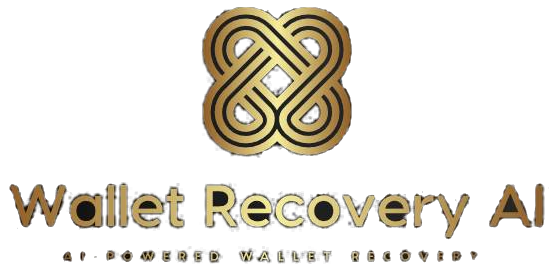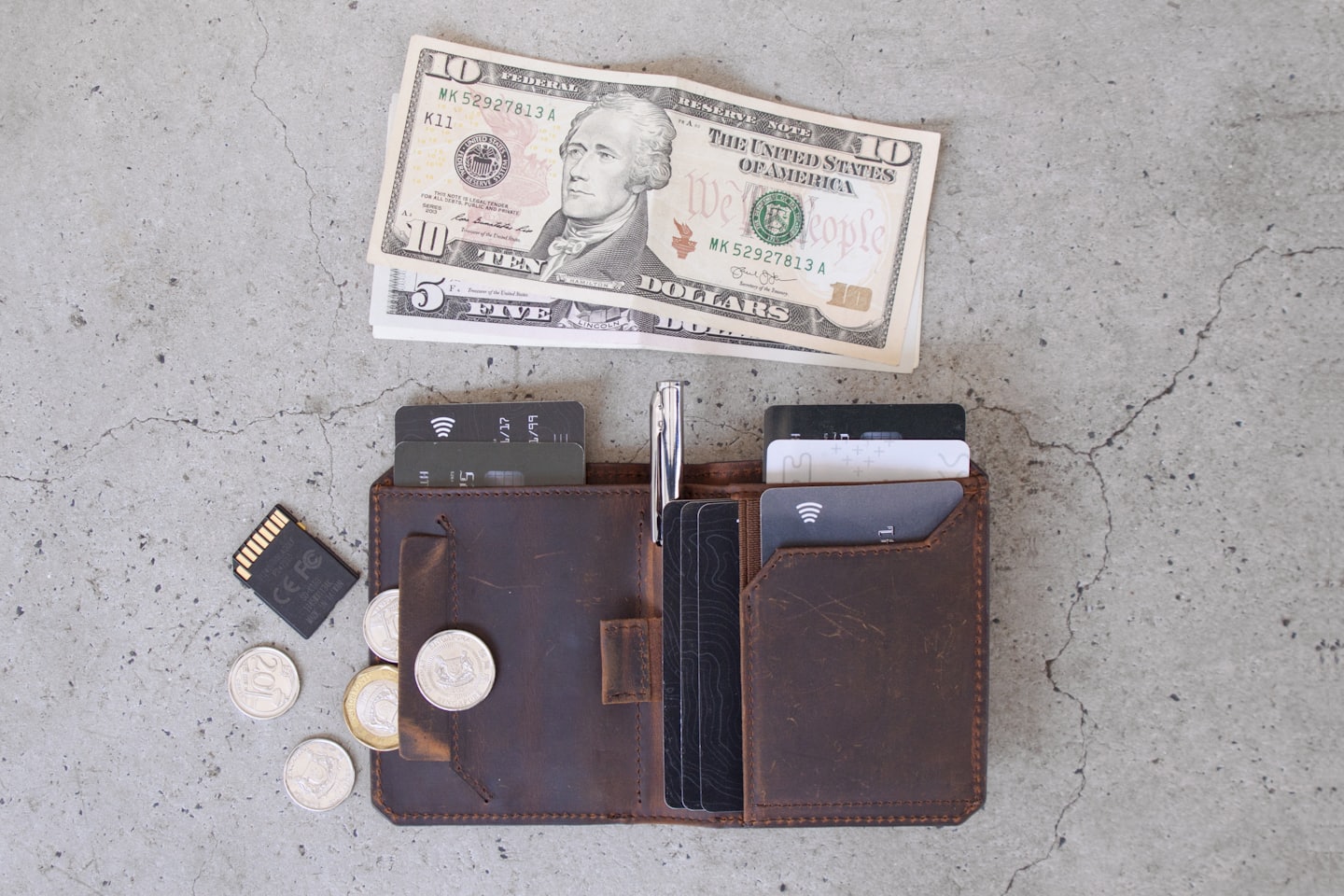BitLocker Recovery — Frequently Asked Questions
Can you unlock without the 48-digit recovery key?
Sometimes. If the volume uses a user password (common on BitLocker To Go) and your hints are strong, we can assess password-based recovery. For TPM-protected system drives, a recovery key is typically required unless a user password protector was also enabled.
Where might my recovery key be saved?
Common places: your Microsoft account (personal PCs), your organization’s Azure AD/Entra ID or on-prem AD (work/school), a USB startup key containing .BEK files, or a printed/saved BitLocker Recovery Key text file.
Do you need my Windows login password?
No. We only assess the BitLocker encryption. Windows account credentials are not required.
Can you fix a corrupted BitLocker header?
We can assess whether the backup FVE metadata is intact and advise next steps. Severe corruption may make recovery impossible without a valid key.
Is recovery guaranteed?
No. It depends on encryption protectors used (TPM, password, recovery key), hint quality, and metadata integrity. We start with a free offline assessment and then provide realistic options.
Ready for a Free Assessment?
Send your BitLocker diagnostic image and available keys/hints securely. We’ll review them offline and respond with recovery options—no commitment, no risk.
Special Cases
- TPM + PIN systems: without the correct PIN or recovery key, access requires hints or escrowed keys.
- BitLocker To Go: removable drives often use a user password—good hint quality helps a lot.
- Corruption: if headers are damaged, we’ll assess whether the backup FVE metadata copy is intact.
Lawful Use Only: By submitting a drive/image, you confirm you are the rightful owner or have legal permission to decrypt it.
Privacy: We analyze only the encrypted structures needed for recovery. Your data is never uploaded to third parties.
No Guarantee: Success depends on password complexity, key availability, integrity of BitLocker metadata, and hint quality.
Password Hints Guide (BitLocker)
- Length — exact or range (e.g., 8–10, 12 exactly).
- Character sets — lowercase/UPPERCASE, digits, symbols (which?).
- Patterns — Word+year, initials+2 digits, ends with
!/88/123, etc. - Words reused — names, brands, pets, places, phrases.
- Dates/numbers — birthdays, anniversaries; typical formats (
YYYY,DDMM,DDMMYYYY). - Common endings —
!!,00,11,2020, etc. - Keyboard habits — QWERTY/QWERTZ, favorite symbols, doubled letters.
Even small clues can reduce the keyspace massively—speeding up and improving the odds of recovery.
How to Prepare & Send (Secure)
- Identify the target: system disk, data partition, or BitLocker To Go (USB/external).
- Create an image: if the drive is healthy, make a sector-by-sector image. If that’s difficult, submit the inquiry and we’ll instruct how to capture a small header-only diagnostic safely.
- Compress the image into
.7z/.zipand set a temporary password. - Submit an inquiry at /inquiry/. We’ll reply with a one-time, secure upload link for your archive. Please do not email files.
- Add detailed hints (below). Better hints = realistic timelines and higher success odds.
Offline only: All diagnostics and testing happen on isolated systems. First step is a free, independent assessment—no commitment required.
What to Send
- Small diagnostic image of the encrypted volume headers (we’ll instruct after your inquiry), or if easier, a full disk image (external drive/USB).
- Any Recovery Keys you’ve found: 48-digit key or Recovery Key ID; Startup key files (
.BEK) if used. - Password hints for the BitLocker password (see guide below).
- (Optional) Whether it’s system drive or BitLocker To Go, approximate Windows version, year enabled.
Do not email files. Submit our inquiry page; we’ll reply with a one-time, secure upload link for your encrypted archive.
Where Keys Are Commonly Found
- Microsoft account (personal PCs): device’s BitLocker recovery keys may be saved in your account.
- Work/School (Entra ID / Azure AD / AD): keys often escrowed by your org’s admin portal.
- USB startup key: look for a
\Recovery\*.BEKfile on a USB used at startup. - Printed or saved text: “BitLocker Recovery Key”
.txtfiles in Documents/Downloads or paper printouts.
If you can locate a 48-digit key, unlocking is immediate—tell us in your inquiry and we’ll guide safe use.
What We Can Help With
- User password assessments (BitLocker password on data/To Go volumes) using your detailed hints.
- Recovery key workflows: locating saved 48-digit recovery keys (USB .BEK files, printed/saved key text, Microsoft/Entra ID/AD accounts).
- Metadata checks: diagnose BitLocker volume headers (FVE metadata) and integrity to judge feasibility.
- Damaged volumes: preliminary advice where headers/partitions appear corrupted (best-effort assessment only).
Important Limitations
- We do not bypass TPM, secure boot, or Windows account protections.
- We cannot recover without either a feasible password hint model or a valid recovery key/startup key.
- Corporate devices bound to AD/Azure AD (Entra): keys may be escrowed by your organization—contact IT.
- We never ask for your Windows login password; we only assess the BitLocker volume encryption.
BitLocker Recovery – Windows Drive & BitLocker To Go
Locked out of a BitLocker-encrypted disk or USB? We provide secure, offline feasibility assessments for BitLocker-encrypted volumes (system drives, data partitions, and BitLocker To Go). Follow the steps below to prepare your case and request a free, no-obligation assessment.

